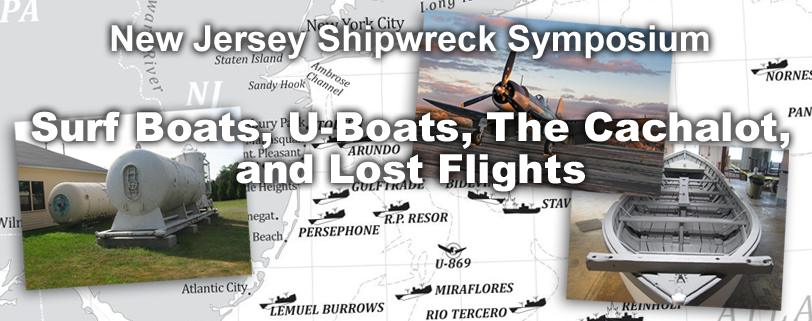The History of InfoAge Science & History Museums
World War II & Radar - Spies ushered in D-Day with radios from WallPublished in The Asbury Park Press, November 11, 2002
Page B1, cont. B2
By FRED CARL, GUEST WRITER
They knew if they were discovered, they would be tortured and then executed by firing squad. Yet they risked their lives to get information back to the Allies – information needed to help plan the invasion of Nazi-occupied Europe.
Allied spies were dropped by parachute at night to observe Nazi troop movements, tank concentrations, and ammunition storage locations. French Resistance members also watched and listened. But how to get the information out without being detected? The answer came from Camp Evans, an Army research and development facility in Wall. Engineers took brown leather suitcases manufactured in Europe and designed the circuitry for special radio transmitters to fit inside.
Radio transmitters in the mid-1940s were not the miniaturized, transistorized wonders available today. In fact, the transistor was not even invented, and electronic miniaturization, pioneered at Fort Monmouth, was a relatively engineering specialty. All radio transmitters used vacuum tubes, which were fragile and heavy. The unit was made as light as possible, tipping the scales at a mere 40 pounds – and most of that was batteries. The antenna was hidden under a leather plug. To the Gestapo, the spy looked like one of the thousands of traveling persons displaced by the war.
Next, the Camp Evans engineers had to make sure the transmitters survived the jolt of a parachute landing. A broken tube meant a brave person had risked his life needlessly. But worse, key intelligence would be lost. A team led by Samuel Stine of Ocean Township shock tested the suitcases numerous times. Each time a component failed, the design was improved. “They had to sustain a certain amount of damage.” Stine said recently, “because the parachute was a tiny thing. The units usually were dropped into France using a small parachute to avoid detection, Stine said. That meant they fell fast and hit the ground hard. During testing, Stine said, he dropped the units without a parachute from a 30-foot tower.
“They were rather well made,” he said, but they didn’t look that way. The exterior of each suitcase was “roughed up” before it went into service to give it a well-worn look. The radio units were used not only by Allied spies in France but by the French Resistance as well, Stine said. Stine said his work on the spy radios was only one of many projects that he and other scientists and engineers worked on at Camp Evans during the war. Afterward, he continued to work for the military as a civilian employee and retired in March after 63 years of service to his country.
Many memorials honor the soldiers who stormed the beaches, flew in gliders, and parachuted into battle to liberate Europe. The Camp Evans Historic District in Wall is a tribute to others, like Stein, who battled the Axis in engineering laboratories nine hours a day, six days a week.
Fred Carl of Wall is director of Infoage Inc., a nonprofit group working to establish an information-age learning center using historic buildings at Camp Evans.
page created January 23, 2004
We Need Your Help! Volunteer with Us.
Join our mission to preserve historic Camp Evans and teach the public about science and history.
Sign up to join our team of volunteers and start on your own mission today.
InfoAge Science & History Museums
2201 Marconi Road
Wall, NJ 07719
Tel: 732-280-3000
info@infoage.org
webmaster@infoage.org

